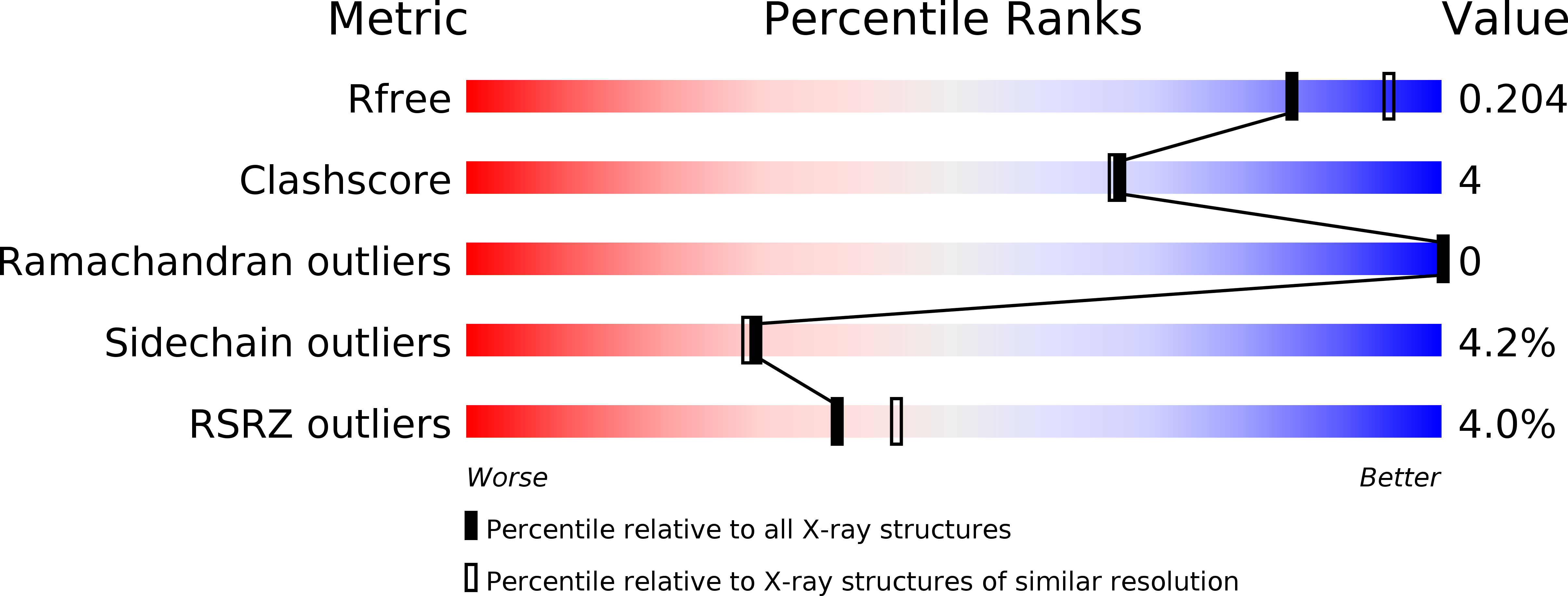
Deposition Date
2013-10-15
Release Date
2013-12-18
Last Version Date
2024-02-28
Entry Detail
PDB ID:
4N7M
Keywords:
Title:
Tailoring Small Molecules for an Allosteric Site on Procaspase-6
Biological Source:
Source Organism:
Homo sapiens (Taxon ID: 9606)
Host Organism:
Method Details:
Experimental Method:
Resolution:
2.13 Å
R-Value Free:
0.19
R-Value Work:
0.15
R-Value Observed:
0.16
Space Group:
P 43 21 2


